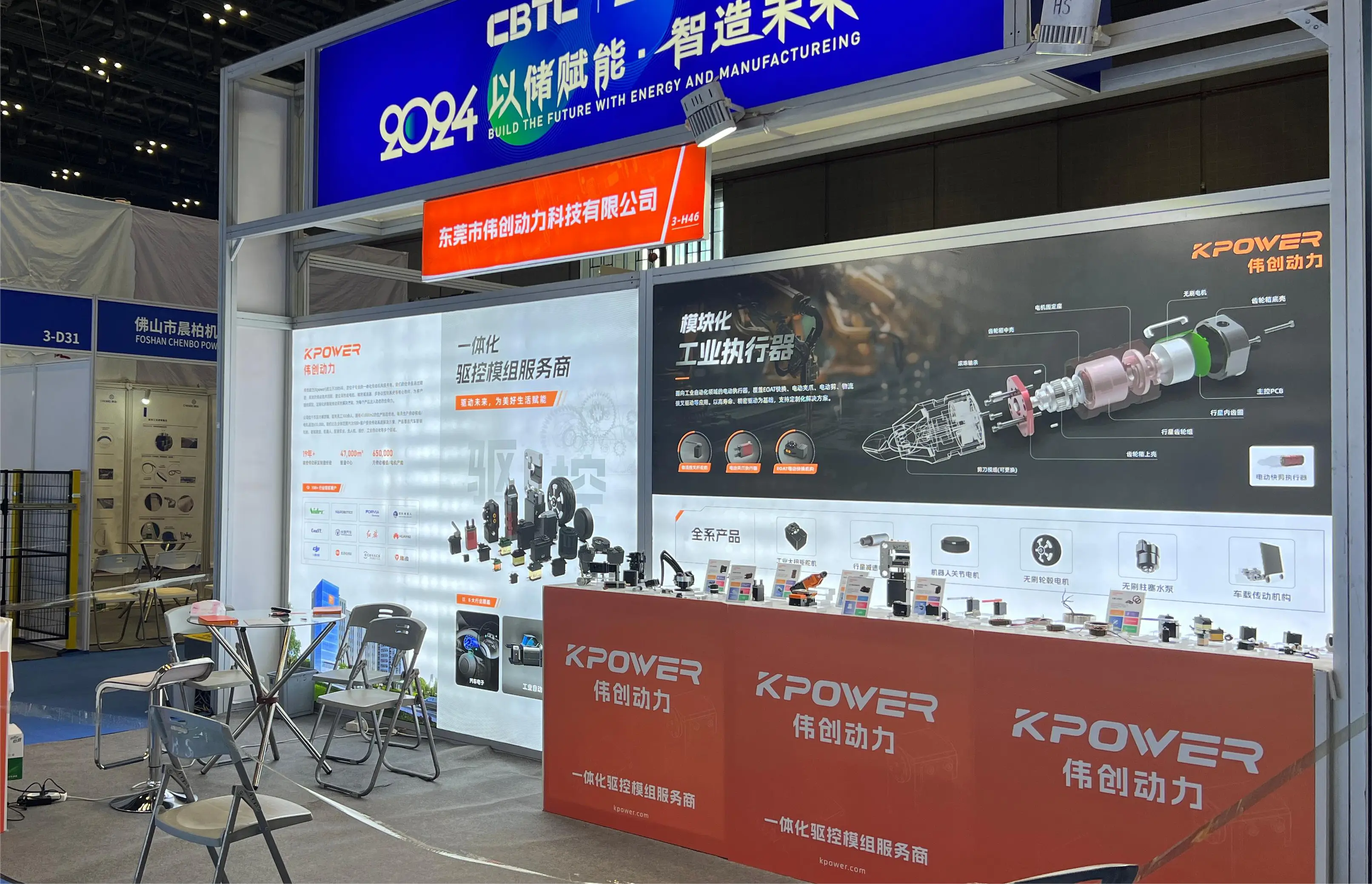Ever try to build a robot that zigzags, turns, or just moves to your command? Enter the servo motor—this tiny powerhouse is the real star behind many robotic projects. If you’re tinkering with Arduino and want to take control of precise movements, then a servo motor tutorial should be on your list.

Think about it: you’re aiming for smooth, accurate, and reliable motion. That’s exactly what a servo motor gives you. But how? It’s all about that feedback loop—where the motor constantly adjusts its position based on signals sent from your Arduino board. It’s like giving your machine a sense of direction, making sure it’s exactly where it should be.
Getting started isn’t rocket science, but it does require some understanding of how the servo interacts with the Arduino. An easy way to picture it: connect the servo’s power and ground to your Arduino, then hook up the control wire to a PWM pin. Once that’s done, you can tell your servo to turn to specific angles—say 90 degrees, or a full rotation—just by sending a simple command. It’s surprisingly intuitive once you see it in action.
Imagine the possibilities. Wanna create a robotic arm that picks up objects? Or a camera mount that pans smoothly on a gimbal? The servo motor makes those ideas real. But don’t just take it at face value—ask yourself: “How precise do I really need my control to be?” Some servos offer high torque, capable of lifting heavier loads, while others focus on speed. Choosing the right motor depends heavily on your project’s needs.
One common pitfall? Overloading the servo or pushing it beyond its rated limits. It’s a temptation; you want that arm to swing around like a pro. But it’s like lifting too heavy at the gym—it might strain or burn out prematurely. So, understanding the specs is key.
Ever wonder how to troubleshoot your setup? A quick tip: listen for that faint servo buzzing—if it’s constantly making noise or jittering, you might be overloading it or providing unstable power. Checking connections and power sources can save hours of frustration.
People often ask: “Can I control multiple servos with a single Arduino?” Absolutely. But it’s best to manage their power and signals carefully. Using dedicated power supplies for multiple motors makes a big difference.
You might think, “This sounds complicated.” But the beauty of a servo motor tutorial is that it’s accessible. The moment your first servo smoothly rotates to a specified angle, that’s satisfaction—proof that your project is moving forward. It’s rewarding, watching a machine respond to your code, almost like giving it a life of its own.
Whether you’re into robotics, automation, or just love tinkering, mastering servo motors via Arduino opens a world of possibilities. Dive in, experiment, and don’t be afraid to get your hands dirty. That’s where the magic begins.
Established in 2005, Kpower has been dedicated to a professional compact motion unit manufacturer, headquartered in Dongguan, Guangdong Province, China. Leveraging innovations in modular drive technology, Kpower integrates high-performance motors, precision reducers, and multi-protocol control systems to provide efficient and customized smart drive system solutions. Kpower has delivered professional drive system solutions to over 500 enterprise clients globally with products covering various fields such as Smart Home Systems, Automatic Electronics, Robotics, Precision Agriculture, Drones, and Industrial Automation.




































